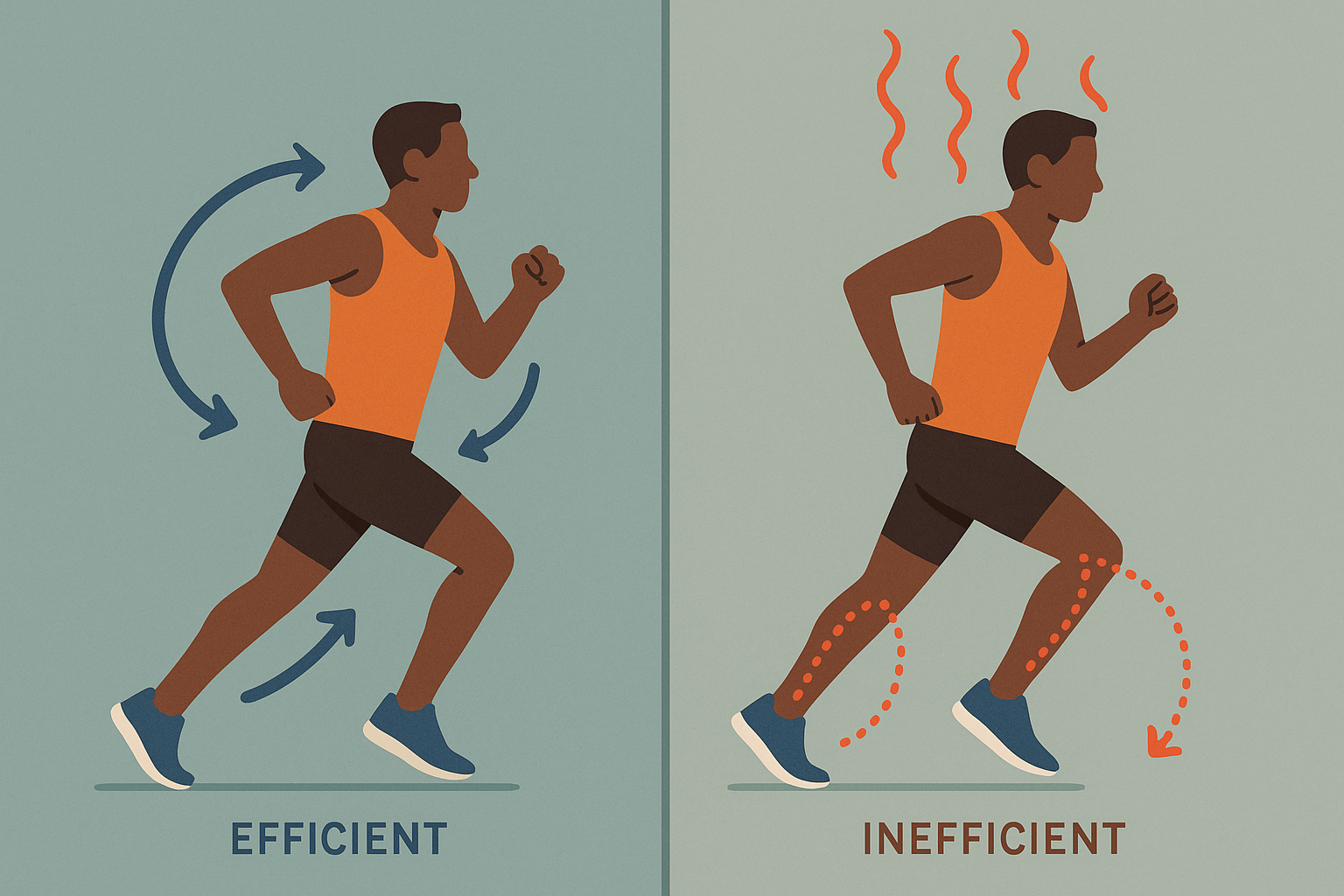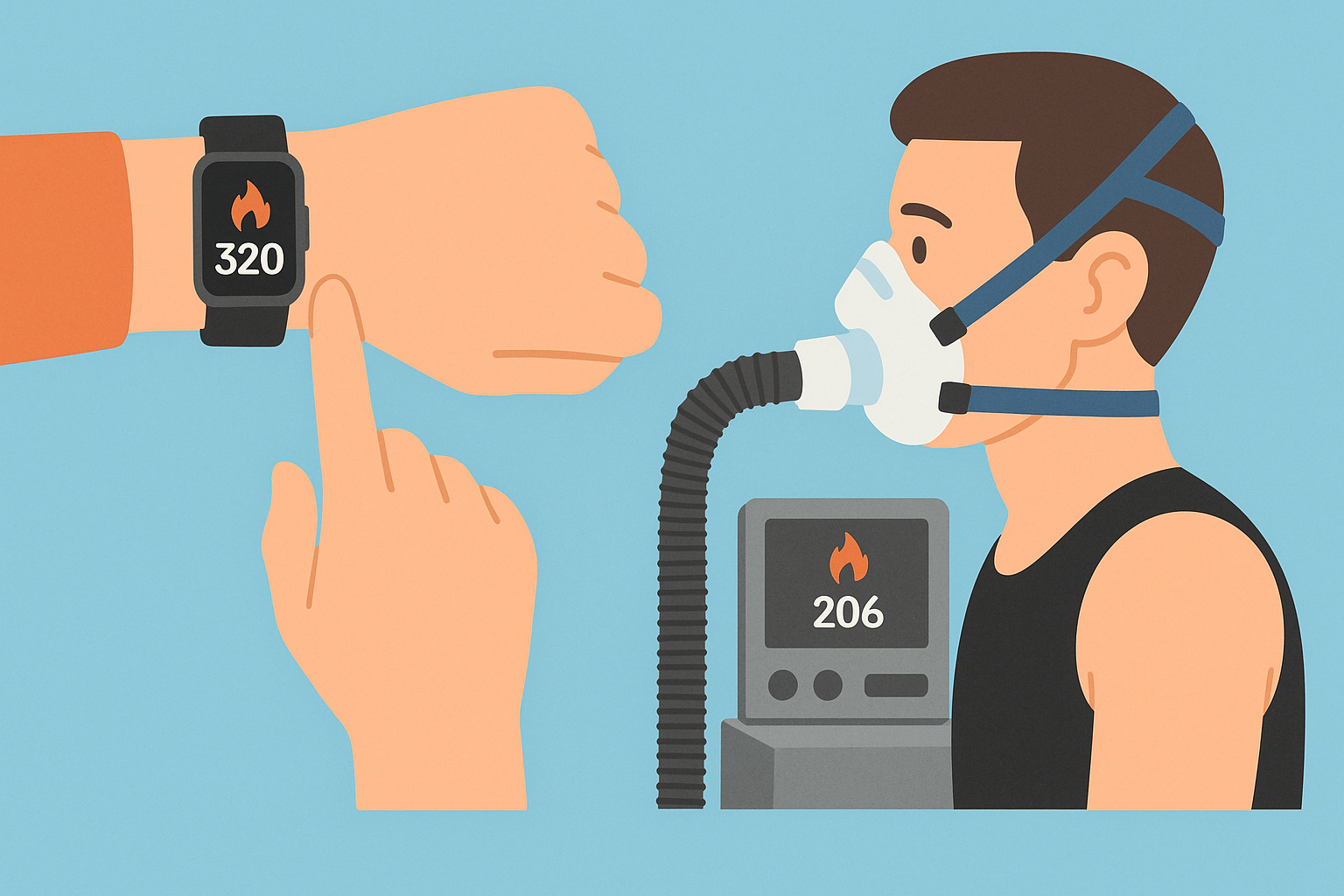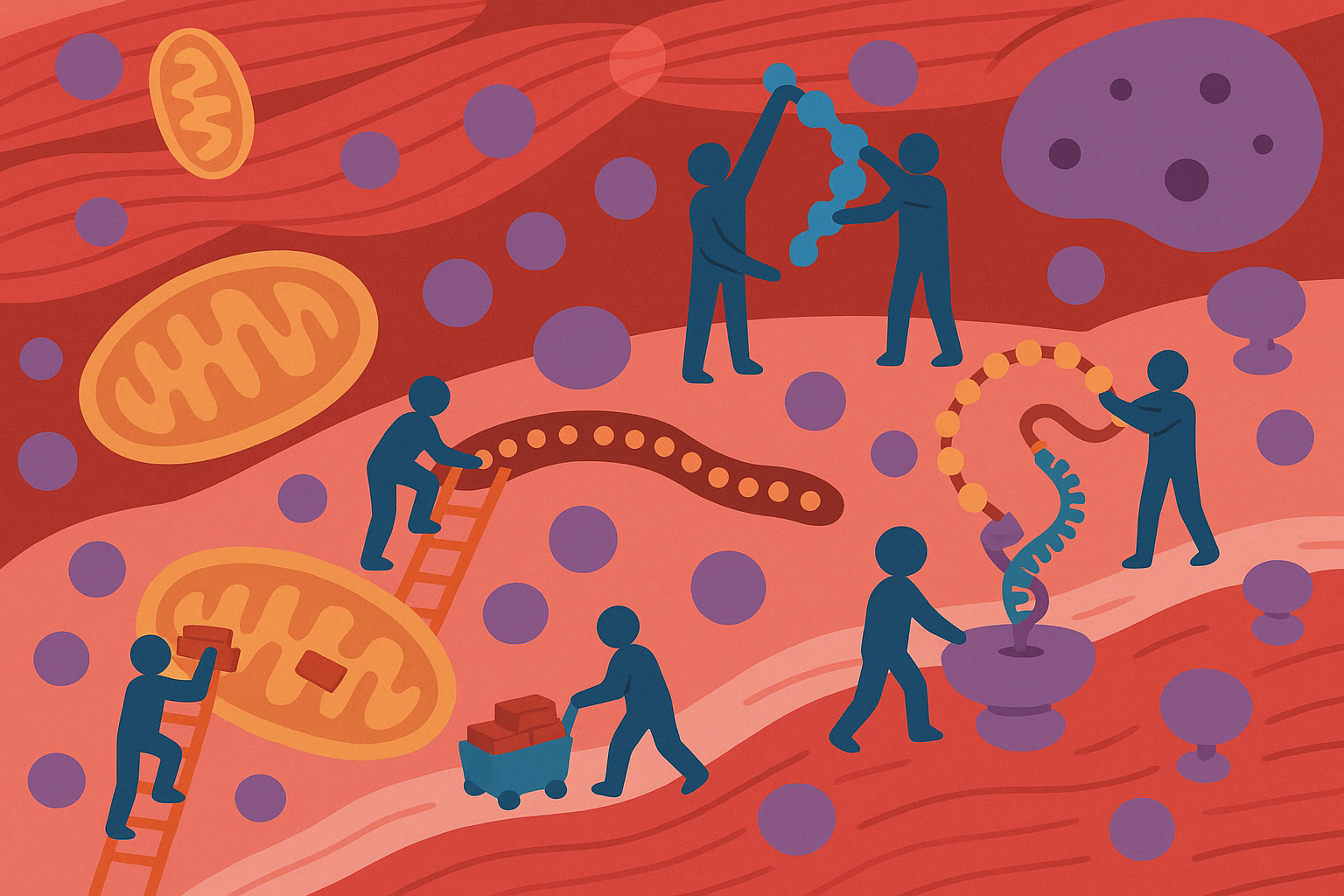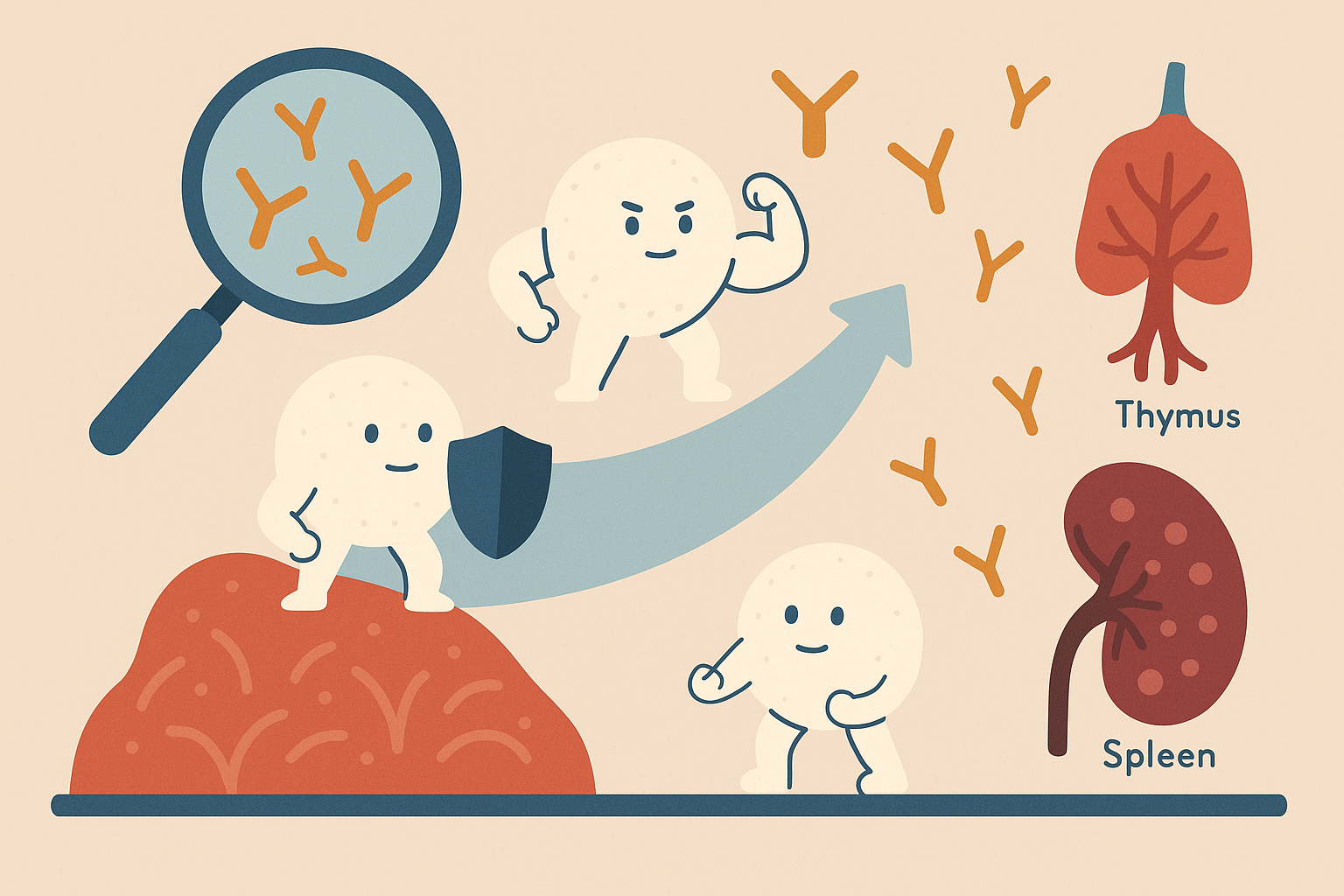How Many Calories Does a Marathon Burn? The Hidden Science That Changes Everything

Table of Contents
- The Real Metabolic Story Behind Your 26.2-Mile Journey
- Why Your Fitness Tracker is Lying to You About Calorie Burn
- The Fuel Timing Game That Nobody Talks About
- The Secret Calorie Burn That Happens After You Cross the Finish Line
TL;DR
- Think your marathon burned exactly 2,600 calories? Your body is way more complicated than that simple math suggests – it actually burns calories in three distinct phases, with the biggest shift happening around mile 18-20 when you hit “the wall”
- That “100 calories per mile” rule everyone throws around? It can be off by 25-30% depending on whether you’re a natural slow-burner or a calorie-torching machine
- Just staying cool during your race can eat up 25% of your total energy – it’s like running the air conditioning AND the engine at the same time
- Your stomach can only handle 200-300 calories per hour during intense exercise, which means your body has to dig into its backup fuel tanks more than you think
- Your calorie-burning party doesn’t end at the finish line – your body keeps the metabolic fires burning for 3-4 days afterward, torching an extra 600-1,000 calories just from recovery
- Elite runners are basically driving fuel-efficient hybrids while the rest of us are in gas-guzzling trucks – they can burn 15-20% fewer calories covering the same distance
The Real Metabolic Story Behind Your 26.2-Mile Journey
Think your marathon burned exactly 2,600 calories because that’s what your watch said? I hate to break it to you, but your body is way more complicated than that simple math suggests. Here’s what’s really happening during those 26.2 miles – it’s basically like your metabolism is putting on a three-act play, and each act has completely different energy demands.
The complexity becomes clear when you consider that an average male will burn 513 calories running for thirty minutes, while an average female runner will burn 405 calories running for 30 minutes according to MOTTIV’s running calculator. But here’s the thing – trying to multiply those numbers out to marathon distance is like assuming your car gets the same gas mileage in stop-and-go traffic as it does on the highway. Understanding how many calories does a marathon burn requires looking at the wild metabolic roller coaster your body goes through over those 26.2 miles.
For runners seeking to optimize their energy expenditure, understanding proper fasting protocols can enhance metabolic flexibility and improve fat oxidation efficiency during long-distance events.

Your Marathon is Actually Three Different Races
Your marathon is basically three different races rolled into one, and each one burns calories differently. Miles 1-8 feel great because you’re running on premium fuel. Miles 9-18 get tougher as that fuel tank starts emptying. Miles 19-26? That’s when your body switches to the backup generator – and it’s not nearly as smooth.
| Marathon Phase | Miles | Primary Fuel Source | Calorie Burn Rate | What It Feels Like |
|---|---|---|---|---|
| The Sweet Spot | 1-8 | 85% Carbs, 15% Fat | Baseline | “I could do this all day!” |
| The Gradual Reality Check | 9-18 | 65% Carbs, 35% Fat | +5-10% | “Okay, this is getting real” |
| The Survival Zone | 19-26.2 | 40% Carbs, 60% Fat | +15-25% | “Why did I sign up for this?” |
When Your Gas Tank Hits Empty (And Everything Changes)
Around mile 18-20, most runners hit what we call “the wall” – but it’s not just about feeling terrible. Your body literally switches fuel sources, and that backup fuel system is way less efficient. It’s like your phone switching to power-saving mode, except instead of dimming your screen, your legs feel like concrete.
Your glycogen stores – think of them as your body’s premium fuel – typically last about 90-120 minutes of hard running. Once they’re gone, your body scrambles to burn fat for energy. But here’s the kicker: fat is like trying to start a campfire with wet wood. It works, but it takes way more effort to get the same heat.
Take Sarah, a 140-pound recreational runner who was cruising along at 8:30 pace through mile 18. She thought she had her fueling dialed in perfectly – same gels, same timing, same everything. For the first 18 miles, she was burning about 110 calories per mile like clockwork. But around mile 19, something shifted. Her legs felt like concrete, and suddenly those gels weren’t cutting it anymore. What she didn’t realize was that her body had essentially switched fuel tanks – and the new one was way less efficient. Despite maintaining the same pace, she was now burning 135 calories per mile for the final 8.2 miles. That’s a 23% jump in energy expenditure right when she was already exhausted.
Why Some Runners Seem to Have Endless Energy (And How You Can Join Them)
Ever wonder about that runner who passes you at mile 22 looking fresh as a daisy? They probably have what’s called metabolic flexibility – basically, their body is like a hybrid car that can seamlessly switch between gas and electric power. The rest of us are driving gas guzzlers that panic when the tank gets low.
Elite runners and well-trained age-groupers can tap into their fat stores earlier and more efficiently, which means they burn 15-20% fewer total calories while maintaining the same pace. It’s not fair, but it’s biology. A metabolically flexible runner might cruise through a marathon burning 2,200 calories while someone who’s less adapted burns 2,800 calories at the same pace. That’s a 600-calorie difference that no basic calculator accounts for.
The good news? You can train this. It takes time and some strategic suffering (hello, fasted long runs), but you can teach your body to become more of a hybrid and less of a gas guzzler.

Why Your Twin Would Burn Different Calories Running the Same Race
Here’s something wild: even if you had an identical twin with the exact same training, you might burn completely different amounts of calories during a marathon. Your individual biology creates massive variations that most people never think about when trying to figure out their energy needs.
Your Muscle Fibers Determine Your Fuel Economy
The type of muscle fibers you were born with basically determines whether you’re driving a Prius or a pickup truck, metabolically speaking. If you’re blessed with mostly slow-twitch muscle fibers, you’re essentially running a fuel-efficient engine. Those with more fast-twitch fibers? They’re running powerful but thirsty motors.
Slow-twitch fibers are the marathon runners of the muscle world – they use oxygen efficiently and burn about 8-12% fewer calories than fast-twitch fibers when doing the same work. This isn’t something you can change through training – it’s largely genetic lottery.
So if you’re naturally gifted with mostly slow-twitch fibers, you might burn 2,400 calories during a marathon while your fast-twitch friend burns 2,700 calories at the same pace. Most calorie calculators assume you’re somewhere in the middle, which means they could be way off for your specific physiology.
The Hidden Energy Cost of Not Melting
Ever wonder why that hot, humid marathon kicked your butt so much harder than the cool morning race? Your body was basically running the air conditioning AND the engine at the same time. That’s a lot of extra work, and it can add 300-500 calories to your total burn.
When it’s hot, your body becomes a multitasking nightmare. It’s trying to keep your muscles moving while simultaneously preventing you from overheating. Blood gets redirected to your skin for cooling, which means your heart has to work overtime to keep oxygen flowing to your legs. More heart work equals more calories burned.
Humidity makes everything worse. When your sweat can’t evaporate properly, your body keeps producing more sweat and working harder to cool itself. I’ve seen runners burn 20% more calories during humid marathons compared to cool, dry conditions. Your body prioritizes survival over performance, which means it’ll burn whatever calories it takes to keep you from becoming a heat casualty.
This becomes particularly relevant when you consider extreme conditions. Farming/Feeding Livestock activity for eight hours burns 2,678 calories for a 5’10”, 155-pound person according to Oxfam America’s research. This shows how sustained physical work in challenging conditions can rival marathon energy expenditure – and your race day weather can push you into that same territory.
Understanding how environmental stressors affect energy expenditure becomes crucial for marathon preparation, similar to how cold exposure therapy can improve metabolic adaptation and thermal regulation capacity.
The Efficiency Factor Nobody Talks About
Here’s something that might blow your mind: you can have two runners with similar fitness levels, but one burns way fewer calories because they’ve developed superior running economy. Think of it as the difference between a smooth, efficient car and one that’s burning rubber at every stoplight.
Trained marathoners become more fuel-efficient through years of adaptations – better biomechanics, more mitochondria in their muscle cells, and improved coordination that eliminates wasted motion. A runner with great economy might burn 20% fewer calories than someone with poor economy, even if they have similar VO2 max numbers.
The improvements come from thousands of miles of training: your body learns to eliminate unnecessary movements, your muscles develop more cellular powerhouses, and your nervous system gets better at coordinating everything. It’s like the difference between a rookie driver and someone who’s been perfecting their technique for years.

Your Body’s Post-Marathon Construction Project
Think you’re done burning calories when you cross the finish line? Your body is just getting started. For the next few days, it’s basically running a 24/7 construction crew to fix all the damage you just did to your legs. That crew needs to eat too, and they’re not cheap – we’re talking 200-400 extra calories per day just from the repair work.
Your metabolism stays revved up for hours after you finish, kind of like how your car engine stays warm long after you park it. But this isn’t just residual heat – your body is actively working to return everything to normal. Your elevated heart rate, increased body temperature, and all those stress hormones coursing through your system require energy to settle down.
The duration might surprise you. While a hard interval workout might keep your metabolism elevated for a few hours, marathon running can keep those metabolic fires burning for 18-24 hours. That’s nearly a full day of bonus calorie burning just from recovery processes.
Why Your Fitness Tracker is Lying to You About Calorie Burn
Your Garmin thinks it’s smart, but it doesn’t know that you’re a natural slow-burner or that you trained your body to be incredibly efficient. It’s making educated guesses based on average people – and you’re not average (in the best way). Those algorithms in your wrist computer can be off by 25-30%, which explains why your post-marathon hunger might not match what your watch says you burned.
According to research from Men usually have less body fat and more muscle than do women of the same age and weight, which means men burn more calories as noted by the Mayo Clinic. This fundamental difference in body composition creates massive variations that your fitness tracker’s generic algorithm simply can’t account for.

Lab Testing vs. Your Wrist Computer
There’s a huge gap between what happens in a real sports science lab and what your fitness tracker thinks is happening. Understanding this difference helps explain why you might be starving after a marathon even though your watch says you only burned 2,400 calories, or why two similar runners can have completely different energy needs.
Getting Your Personal Metabolic Fingerprint
If you’re really curious about your personal calorie burn, consider getting tested at a local university or sports medicine clinic. It’s not cheap (think $150-300), but if you’re serious about dialing in your fueling strategy, it beats guessing. The test involves running on a treadmill while wearing a mask that measures exactly how much oxygen you’re using and carbon dioxide you’re producing at different intensities.
Here’s what the process looks like:
- You’ll run on a treadmill starting easy and gradually increasing speed until you can’t go anymore (it’s not as scary as it sounds)
- The lab measures your oxygen consumption patterns throughout the test
- They analyze how efficiently you burn different fuel sources at various intensities
- You walk away with personalized equations for calculating your actual calorie burn
The investment pays off if you’re serious about understanding your energy needs. I’ve seen runners discover they burn 400-500 fewer calories per marathon than they thought, completely changing their fueling and recovery strategies.
Consider Mike, a 180-pound runner who assumed he burned 2,800 calories per marathon based on online calculators. After getting tested, he discovered his superior running economy and metabolic flexibility meant he actually only burned 2,350 calories – a 450-calorie difference. This discovery allowed him to adjust his fueling strategy, reducing GI distress while maintaining energy levels throughout the race.
The Future of Real-Time Metabolic Monitoring
Some newer wearable technology is getting closer to real accuracy by measuring things like continuous glucose levels and lactate in your sweat. While not as precise as lab testing, these tools provide way better accuracy than traditional heart rate-based calorie estimates.
Continuous glucose monitors (originally designed for diabetics) can show how your blood sugar responds to exercise intensity
Continuous glucose monitors (originally designed for diabetics) can show how your blood sugar responds to exercise intensity and fueling. Combined with heart rate variability data, you can start to track your actual metabolic state during long runs. Some cutting-edge devices even measure lactate through sweat analysis, giving you insight into when your body shifts from aerobic to anaerobic metabolism – which directly affects how efficiently you’re burning calories.
Environmental Factors That Wreck Your Calculations
Environmental conditions can throw off your calorie burn by 20-40%, yet most calculators completely ignore these game-changers. Understanding how altitude, wind, and weather affect your energy expenditure helps explain why some marathons feel like you’re running through quicksand while others feel surprisingly manageable.
The Altitude Tax
Running at altitude is like your body having to pay extra taxes on every breath. Starting as low as 3,000 feet elevation, your calorie burn increases by 10-15% because your respiratory system and heart have to work overtime. Races like the Denver Marathon or Big Sur aren’t just harder because of the hills – the thin air is literally making your body work harder.
At altitude, there’s less oxygen in each breath, so your respiratory muscles burn more calories working overtime, and your heart rate increases to compensate for the reduced oxygen delivery. The math is straightforward: add about 6% to your calorie burn for every 3,000 feet above sea level. So if you typically burn 2,500 calories at sea level, expect about 2,650 calories at 3,000 feet and 2,800 calories at 6,000 feet.
Research shows that older runners typically have a slower resting metabolic rate, meaning they burn fewer calories during exercise according to Livestrong. This age-related metabolic decline compounds with altitude effects, meaning older runners face a double penalty in energy expenditure calculations at elevation.
Fighting the Wind (And Why Tailwinds Don’t Help Much)
Here’s something that seems unfair: headwinds can increase your energy expenditure by up to 8% per 10 mph of wind speed, but tailwinds barely help at all. This means windy marathons almost always increase your total calorie burn, regardless of whether the wind changes direction throughout the course.
Wind resistance increases exponentially with speed, so a 10 mph headwind at marathon pace creates significant drag that your muscles have to overcome. Your body responds by cranking up the power output, which directly translates to higher calorie burn.
Tailwinds should help, but they don’t provide equivalent energy savings. Your running biomechanics aren’t optimized to take advantage of wind assistance, and the slight forward lean that often develops can actually reduce your efficiency.
Here’s how to account for wind effects in your planning:
- Check weather forecasts and note sustained wind speeds for race day
- Apply the 8% per 10 mph headwind rule to your baseline calorie calculation
- Add 3-4% for crosswinds due to increased stabilization demands
- Don’t subtract calories for tailwind sections – the energy savings are minimal

The Fuel Timing Game That Nobody Talks About
Here’s where things get really interesting: the relationship between what you eat during your marathon and how many calories you actually burn creates a weird metabolic puzzle. Your digestive system basically goes on strike during intense exercise, which means all those carefully planned gels and sports drinks might not be doing what you think they’re doing.
The timing becomes critical when you consider that running burns significantly more calories than walking on a minute-per-minute basis according to MOTTIV’s research. But here’s the catch-22: that increased intensity also makes your digestive system less cooperative about processing fuel, creating a metabolic puzzle that affects your total energy expenditure.
Proper fueling strategies become essential for marathon success, and understanding digestive optimization techniques can significantly improve nutrient absorption during endurance events.

Your Gut’s Performance Ceiling
Some runners can chug sports drinks like they’re at a college party and feel fine. Others take one sip and their stomach goes on strike for the next 10 miles. If you’re in the second group, don’t worry – you’re not broken, you’re just different. Your digestive system can only process about 200-300 calories per hour during intense exercise, which creates a fuel shortage that forces your body to dig deeper into its stored energy reserves.
The Gastric Emptying Lottery
Here’s something wild: individual gastric emptying rates vary by 300-400% between runners. Some people’s stomachs are like efficient conveyor belts, quickly moving fuel from stomach to bloodstream. Others have stomachs that basically shut down during hard exercise, leaving consumed calories sitting there like cars stuck in traffic while their bodies burn through glycogen stores.
Fast gastric emptiers might process 350-400 calories per hour, keeping their blood sugar steady throughout the race. Slow emptiers struggle to absorb 150-200 calories hourly, which means they’re essentially running on empty for much of the race despite following their practiced fueling plan.
The good news is you can train your gut, but it takes months of practice. Consuming calories during long training runs gradually improves your gastric emptying rates and absorption efficiency. Think of it like training any other system – start small and gradually increase the challenge.
When Your Intestines Become Leaky
Marathon running literally makes your intestines more porous – what researchers call “leaky gut” – which reduces nutrient absorption efficiency by 15-25%. This means even the calories you successfully consume might not be fully utilized, forcing your body to burn more stored energy and increasing your total caloric expenditure.
This happens because blood flow gets redirected away from your digestive organs to your working muscles. Your intestinal barrier becomes compromised, allowing larger molecules to pass through while reducing absorption of the nutrients you’re trying to consume during the race.
The effect gets worse over time. Early marathon miles might see relatively normal absorption, but by mile 15-20, your gut’s ability to process fuel becomes significantly compromised. This explains why many runners experience GI distress in later miles even when following fueling protocols that worked perfectly in training.
This digestive challenge becomes particularly relevant for female athletes. Your levels of estrogen and progesterone are at their lowest during your period, which means your pain tolerance and time to fatigue increase according to Runner’s World research. These hormonal changes can affect gastric emptying rates and nutrient absorption, adding another variable to marathon fueling strategies.
Training Your Body to Burn Fat Like a Pro
The reason your friend can eat pizza the night before a marathon while you’re stuck with plain pasta might come down to metabolic flexibility. Some people have trained their bodies to efficiently burn fat at higher intensities, which means they’re less dependent on constantly refueling during the race.
Becoming a Metabolic Hybrid
The goal is teaching your body to burn fat at intensities closer to marathon pace. Traditionally, fat burning decreases as intensity increases, forcing you to rely more heavily on your limited carbohydrate stores. But runners with good metabolic flexibility can maintain higher fat oxidation rates even at moderate intensities – they’re essentially hybrid engines that can seamlessly switch between fuel sources.
Strategic fasting protocols can enhance this fat adaptation, and understanding cellular autophagy activation helps optimize metabolic flexibility development during training phases.
Here’s how to develop this superpower:
- Start with fasted morning runs (begin with 60-90 minutes and gradually increase)
- Practice race-day nutrition timing during long training runs, gradually reducing your carbohydrate intake
- Monitor how you feel and perform with different fueling strategies
- Adjust your carbohydrate intake based on what you discover about your individual absorption rates
The process takes 8-12 weeks of consistent training. You’ll initially feel slower during fasted runs – that’s normal. But metabolic adaptations gradually improve your ability to maintain pace while burning fat. The benefits extend way beyond calorie efficiency: reduced carbohydrate dependence means less risk of bonking, fewer GI issues from sports nutrition, and more stable energy throughout the race.
| Training Phase | Week | Fasted Run Duration | What to Expect |
|---|---|---|---|
| Getting Started | 1-2 | 60 minutes | Initial discomfort, slower pace |
| Building Tolerance | 3-6 | 90 minutes | Gradual improvement in fat burning |
| Getting Efficient | 7-10 | 120 minutes | Better pace maintenance while fasted |
| Race Ready | 11-12 | 90 minutes | Optimized metabolic flexibility |

The Secret Calorie Burn That Happens After You Cross the Finish Line
Here’s something most runners never realize: the hidden caloric costs of marathon recovery often exceed the energy you burned during the actual race. Your body’s post-marathon repair project – muscle rebuilding, immune system recovery, and metabolic adaptations – represents a massive energy investment that continues for days.
Consider Jennifer, who burned 2,400 calories during her marathon. While she was celebrating and taking selfies with her medal, her body was just getting started on the real work. Over the next four days, elevated protein synthesis burned an additional 300 calories daily, immune system rebuilding required 150 calories daily, and that post-exercise metabolic boost added 200 calories on day one. Her total marathon-related energy expenditure reached 3,650 calories – 52% more than the race itself.

Your Body’s 24/7 Construction Crew
For the next few days after your marathon, your body essentially becomes a construction site. The microscopic tears in your muscle fibers throughout your legs, glutes, and core need repair, and that repair work burns serious calories – way more than most people realize.
The Inflammation Tax You Never Knew You Were Paying
The acute inflammatory response to all that muscle damage elevates your metabolic rate by 12-18% for 72-96 hours after the race. This inflammatory process burns an additional 600-1,000 calories beyond your normal daily expenditure – that’s almost like getting a free workout every day for three or four days straight.
Your immune system floods the damaged areas with inflammatory cells to begin repair processes. White blood cells, cytokine production, and increased protein synthesis all require energy – a lot of it. Your resting metabolic rate jumps from maybe 1,800 calories per day to 2,100-2,200 calories for several days post-marathon.
Sleep becomes absolutely crucial during this period because growth hormone release during deep sleep drives much of the repair work. Poor post-marathon sleep can extend the inflammatory period and increase the total caloric costs of recovery. So when people tell you to prioritize sleep after your marathon, they’re not just being nice – your body literally needs it to efficiently complete the repair process.
Building New Cellular Powerhouses
Your muscles don’t just repair the damage – they actually build new mitochondria (those cellular powerhouses that produce energy) in response to the marathon stress. This construction project consumes approximately 20-25% more calories during the 48-72 hour post-exercise window, representing another hidden energy cost.
Think of your muscle cells as becoming construction sites, with cellular machinery working overtime to build new energy-producing facilities. This mitochondrial biogenesis involves synthesizing new proteins, lipids, and enzymes – all of which require amino acids and energy, driving up your metabolic rate well beyond what you’d expect.
Peak mitochondrial construction occurs 24-72 hours post-marathon, which means your protein and calorie needs remain elevated well into your recovery period. This is why proper post-marathon nutrition becomes so critical – you’re not just refueling from the race; you’re providing building materials for your body’s upgrade project.

Rebuilding Your Body’s Defense System
Marathon running temporarily trashes your immune system, and the energy cost of rebuilding those defenses represents a substantial but overlooked caloric expenditure. Your body prioritizes restoring immune function over the week following your race, which requires significant metabolic resources.
The Immune System Reconstruction Project
Replenishing depleted immunoglobulins and rebuilding white blood cell populations requires approximately 200-300 additional calories over the 5-7 day post-marathon period. This immune system restoration represents a critical but hidden energy cost that affects your overall recovery timeline and explains why you need more calories than usual even days after your race.
Marathon running creates what exercise physiologists call an “open window” of immune suppression. Your white blood cell count drops, immunoglobulin levels decrease, and your resistance to infections plummets for several days. Your body has to rebuild all of this from scratch.
Your bone marrow increases white blood cell production, your liver synthesizes new immunoglobulins, and various organs work overtime to restore normal immune function. This reconstruction project requires substantial energy and explains why many runners get sick after marathons – your body’s diverting energy toward muscle repair while your immune defenses are compromised.
Supporting immune recovery becomes crucial during this vulnerable period, and understanding evidence-based immune support strategies can optimize the recovery process while minimizing additional metabolic costs.
Here’s what you should do to support this process:
- Track your hunger levels and energy needs for one week post-marathon – they’ll likely be higher than expected
- Prioritize sleep quality and duration (aim for 8-9 hours nightly) as your body does most repair work while you sleep
- Focus on nutrient-dense foods to support immune system recovery with adequate protein and micronutrients
Don’t be surprised if you feel hungrier than usual for several days – your body has legitimate increased energy needs
Post-marathon recovery nutrition becomes particularly important, and incorporating bioavailable collagen peptides can support both muscle repair and immune system rebuilding during the critical recovery window.

Final Thoughts
Look, you don’t need to become a metabolic scientist to run a good marathon. But understanding that your body is doing way more work than your watch suggests helps explain a lot – why recovery nutrition matters so much, why you’re so hungry for days afterward, and why you shouldn’t feel guilty about that post-race burger (or three).
Most runners dramatically underestimate their total energy expenditure from marathon training and racing. The hidden costs – metabolic differences between individuals, environmental factors, and those massive post-exercise recovery demands – often exceed the calories burned during the actual race. This isn’t just nerdy science stuff; it directly impacts how you should think about fueling and recovery.
Understanding your individual calorie burn patterns helps explain why some recovery periods feel harder than others, why your hunger might not match your fitness tracker’s numbers, and why proper post-marathon nutrition becomes so critical for bouncing back stronger. Your body burns calories in ways that basic calculators completely miss, and recognizing this complexity empowers you to make better decisions about training, fueling, and recovery.
The bottom line? Your marathon burns way more calories than you think – not just during the race, but for days afterward. Whether you fuel that recovery process with real food, supplements, or both, listen to your body and give it what it needs. After putting yourself through 26.2 miles of controlled damage, you’ve earned the right to prioritize proper recovery nutrition.
Ready to optimize your marathon recovery with science-backed nutrition? Explore targeted supplement protocols designed specifically for the complex metabolic demands of endurance athletes.

